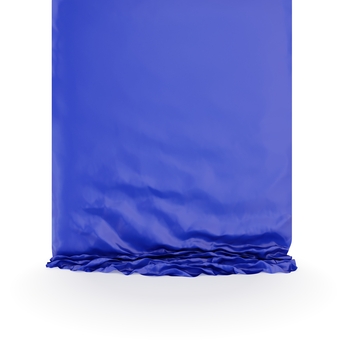No room would be really considered complete without a set of drapes covering the windows. In modern designing, the word ‘drapes’ and ‘curtains’ are basically the same thing, but it wasn’t always that way. Drapes are usually long and heavy, with a lining and curtains are much lighter without any lining.
The use of drapes is a great place to impart some of your own personal style, and to update the overall look of a room. Unless you are well versed in interior design, there is probably a lot more to drapes than you were aware of.
Function
While drapes are typically used as a window dressing or treatment, that isn’t their only function. Drapes work to block out or filter the light of the day, and they can also make a frame for the view outside or act as a focal point for the overall decorating scheme.
Moving away from windows, you can also use drapes in other areas of the house where you may need to create privacy. This might be in the case of a missing or broken door, or if you have to create a makeshift dressing area for a party or other event.
History
Drapery came into regular use as a window treatment in the 19th century. As textile manufacturing grew, so did the availability of reasonably priced fabrics. A standard window treatment would include a valance, a cornice board, sheer drapery and opaque drapery. It was common to find window treatments that strayed away from simple panels and curtain rods, with more elaborate set ups and embellishments.
Different Types
In the world of drapery, there are four basic types. These include casement, draw, tieback and inverted pleat. With draw-style drapes, a traverse rod is used to draw the panels apart from the center, and pull them back together.
Inverted pleat drapes hang from rings that slide onto a rod, giving the effect of pleats that are closely gathered up at the top. Casement drapes are translucent and usually made from a lightweight material like woven fabric or knit. Sheers are another common type of casement drapery. Tieback drapes are usually stationary panels that hang from a rod and meet in the middle.
Depending on the type of drapes you decide to use for your window, you may use rods, hooks, rings or ties.
Considerations
Since drapery panels are made from fabric, it’s important to note that most drapery panels are also treated with chemicals, which may result in a chemical odor. For people who are sensitive to chemical vapors, organic drapery may be a better a choice. Organic drapes are made from natural materials like silk or cotton, and don’t include the use of any chemicals in the treatment.
Keep all of these facts and tidbits in mind the next time you want to dress a window with a set of drapes.
This article has be posted on behalf of National Drapery in Toronto. If you are looking for blinds, shades, or drapes for your home be sure to click here for more details.

